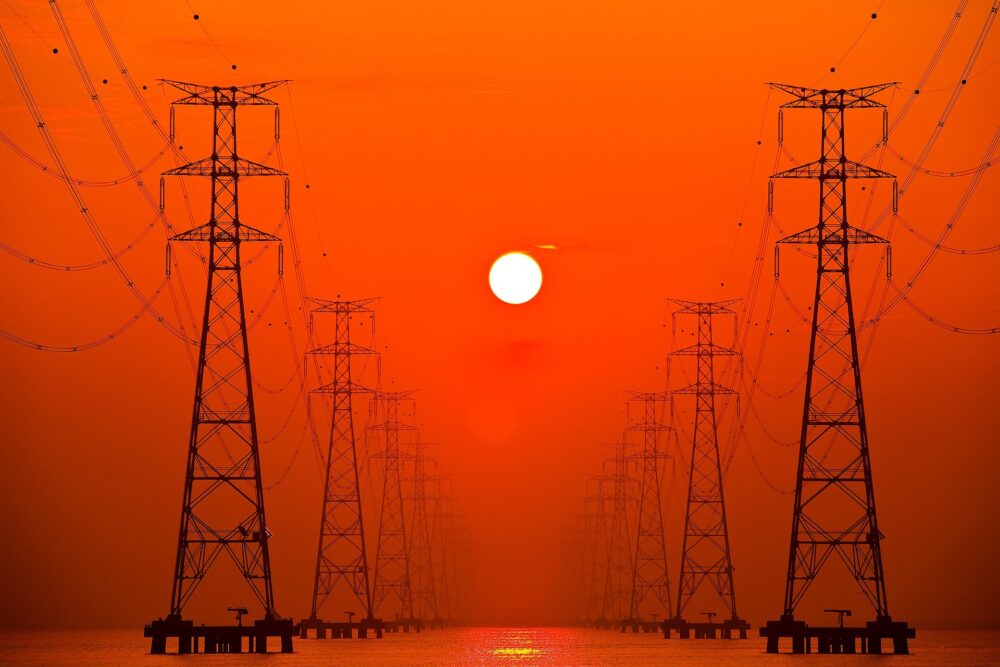In the mounting competition to supply you with renewable energy to power your home, there are some new kids on the block and they may be parked in your driveway.
In addition to electric vehicles, major automobile manufacturers are beginning to sell solar panels and complete power stations to run your home.
The Players
Last month Hyundai unveiled its Hyundai Home, a program aimed at matching its EV owners with vendors that install EV chargers, solar panels, and battery storage. It is the latest auto manufacturer to offer home energy systems. Ford has had a partnership program for about a year and GM entered the market in October with GM Energy.
Tesla launched a solar program when it acquired SolarCity in 2016. However, the company recently began canceling most projects and shutting down its solar operations in many markets.
Ford has partnered with Sunrun to pair EV charging for its F150 Lighting with home solar.
GM has agreements with several utility companies in addition to solar technology and service provider SunPower.
Beyond An Alternative
The mission of automobile makers entering the renewable energy market seems to go beyond just powering cars and homes.
GM Energy features a commercial unit for business. However, it envisions the day when an electric vehicle can produce emergency power to your home. In addition, GM expects its home customers to be able to sell excess energy to power companies in a crunch.
“The reliability of the U.S. electrical power grid has never been more important,” said Travis Hester, vice president of GM EV Growth Operations. “GM Energy has the opportunity to help deliver sustainable energy products and services that can help mitigate the effect of power outages and provide customers with resilient and cost-effective energy management.”
Technical Challenges
For an EV to provide power to a home, it requires the vehicle to be able to export power and the home to receive it. The technology is there. However, few homes currently have a system capable of importing a charge from an EV.
Nonetheless, that is changing. How quickly that change occurs depends on the rate of battery production. That rate can not keep up with demand.
“Everyone’s trying to grab batteries at the same time,” said Aric Saunders, executive vice president at home battery company Electriq. “The facilities aren’t ready for it. There are not enough manufacturing facilities to meet current demand for the Tier 1 batteries.”
“If we look at the demand for storage, I think it far outpaces the supply that we have of batteries. If we look at the volume growth rate in our storage customers, that has been robust—far outpacing the overall growth in the business,” said Sunrun CFO Danny Abajian during a recent earnings call.
Market Growing
Only four percent of electricity comes from solar, according to the Solar Energy Industries Association (SIEA). However, that is 80 times what it was a decade ago.
Through the second quarter of this year 4.6 gigawatts of new solar capacity were installed in the United States, says SIEA. That brought the nation’s total capacity to 130.9 gigawatts. In turn, that is estimated to be enough to supply 23 million homes.
According to SIEA, 39 percent of all new generating capacity came from solar in the first half of the year. In addition, it projects that 13 percent of homes will have a solar system installed by 2030.
Natural Change
In some ways, the connection between electric cars and solar homes is a natural extension of the drive for renewable energy. Car makers have been on the way to all-electric vehicles for some time now. In addition, they have been encouraged by the government.
The 2015 Paris Agreement committed most industrial nations to enact measures to restrict global temperatures. However, the 2021 Virtual Climate Change Summit saw even stronger commitments to combat climate change.
The Biden administration announced plans at the summit to reduce carbon emissions by 52 percent. The Biden plan commits $15 billion to increase EV production and set up 500,000 charging stations across the country.
Pricey Proposition
Installing solar is not cheap. According to This Old House, the average cost is between $15,000 and $20,000. However, tax incentives can reduce the expense.
Tax Credit
In addition to eliminating or saving money on utility bills and reducing pollution, solar power comes with a government incentive.
The federal government and some states offer tax breaks for solar installation.
Homeowners who go solar can qualify for a tax credit. A tax credit reduces your tax bill by the amount of the credit. For example, a $1,000 credit takes $1,000 from what you owe in taxes. Say you owe $3,000 in taxes. A $1,000 tax credit would cut your bill to $2,000.
The federal income tax credit for solar systems installed between 2022 and 2032 is 30 percent. So, a $20,000 solar installation would get you a $6,000 credit.
Read More:
10 Steps To Avoid Overspending On Christmas Gifts
10 Signs You Should Rethink Buying A House
Come back to what you love. Dollardig.com. Is the most reliable cash back site on the web. Just sign up, click, shop and get full cash back.
Image and article originally from www.savingadvice.com. Read the original article here.

